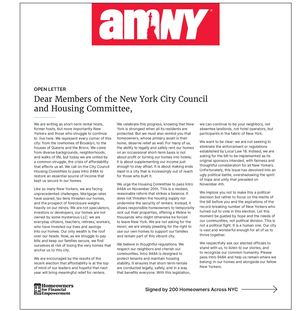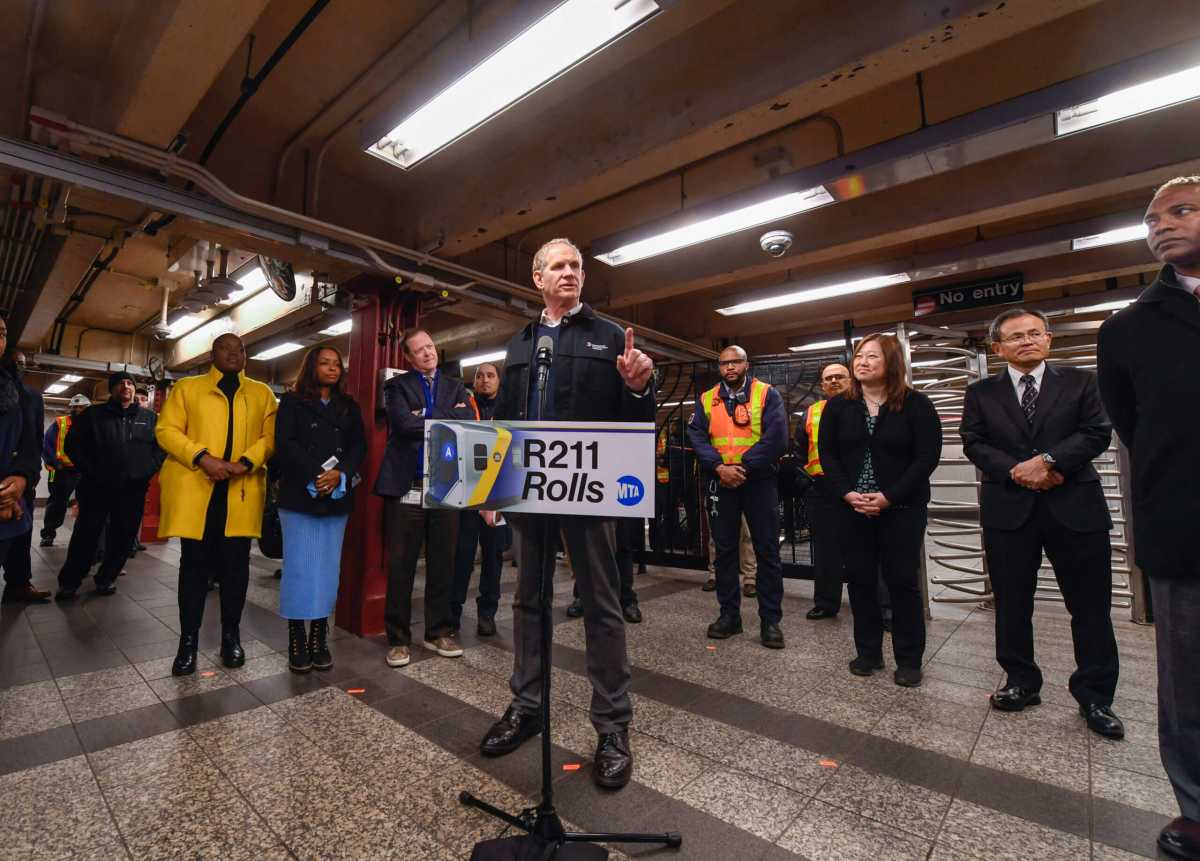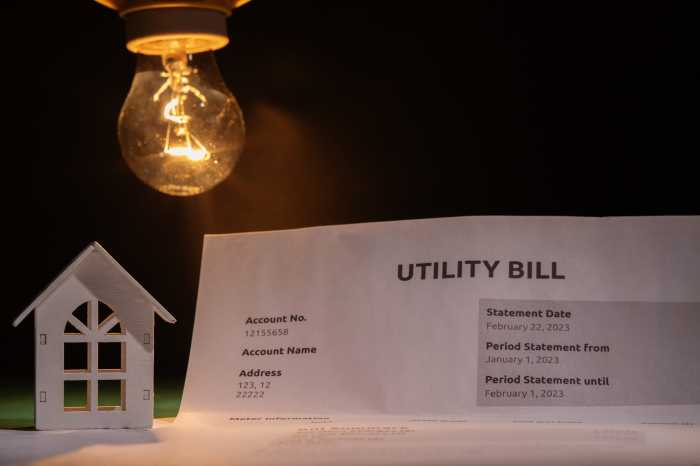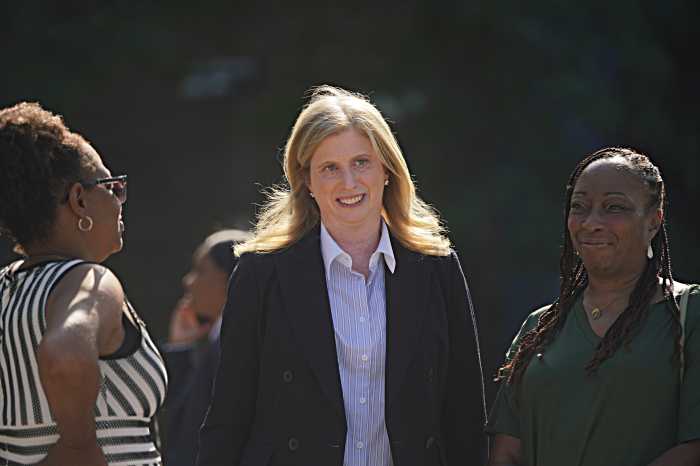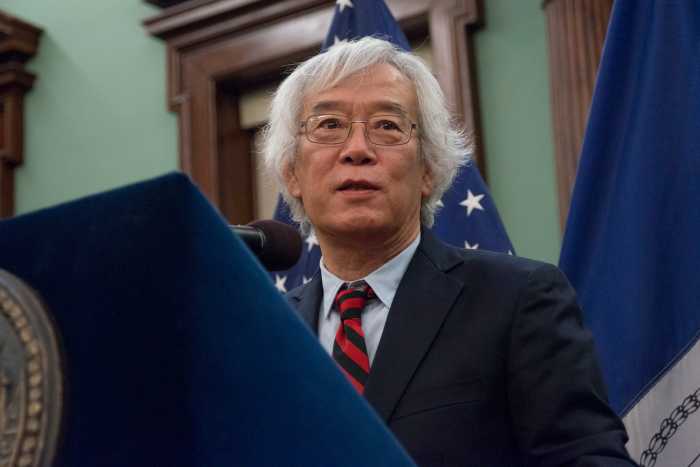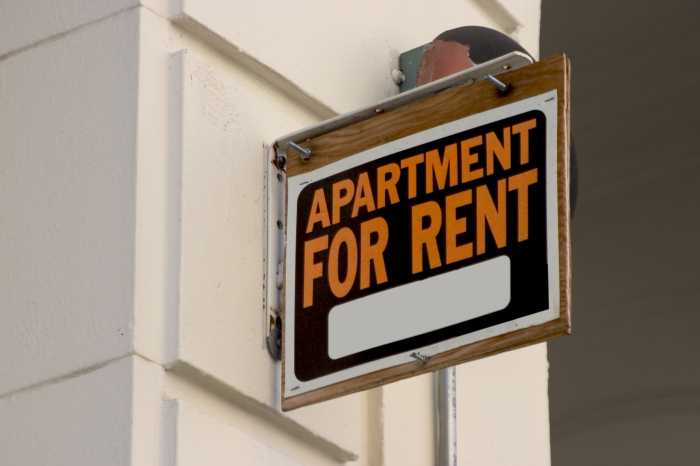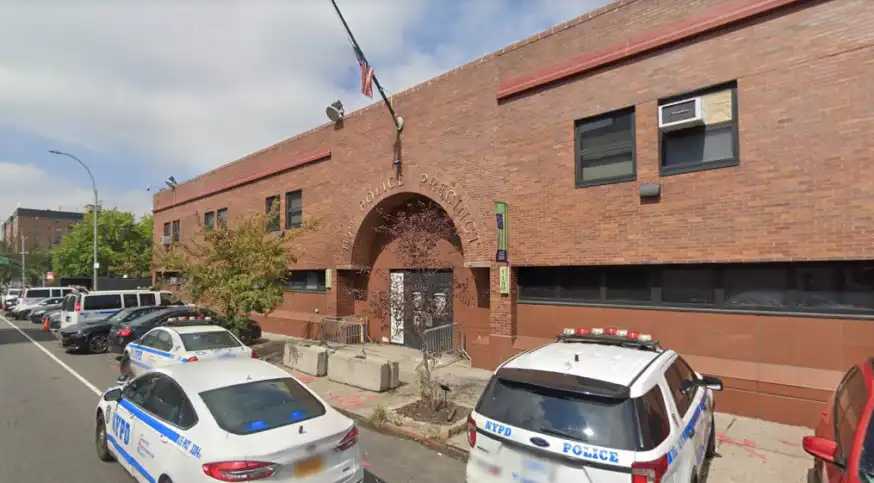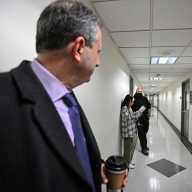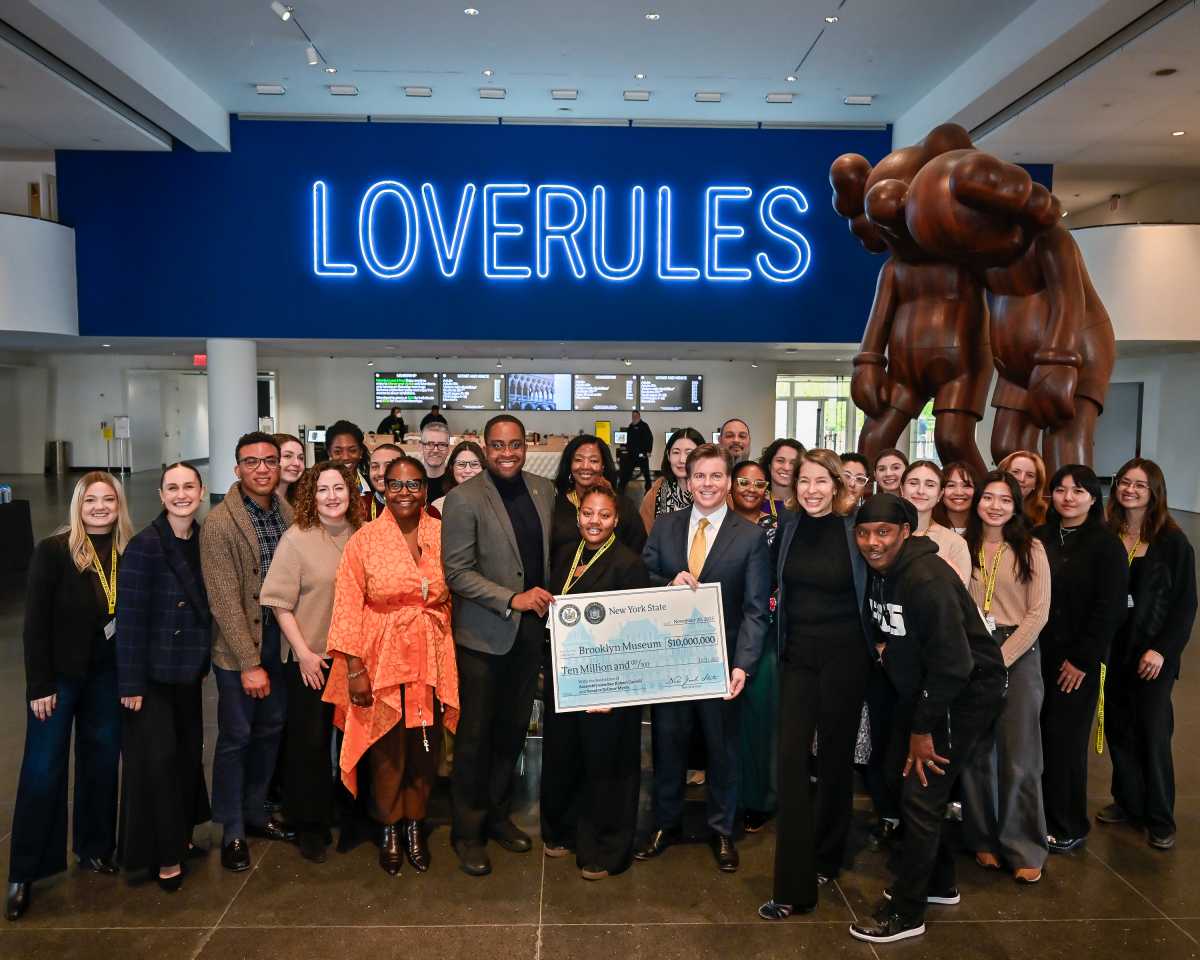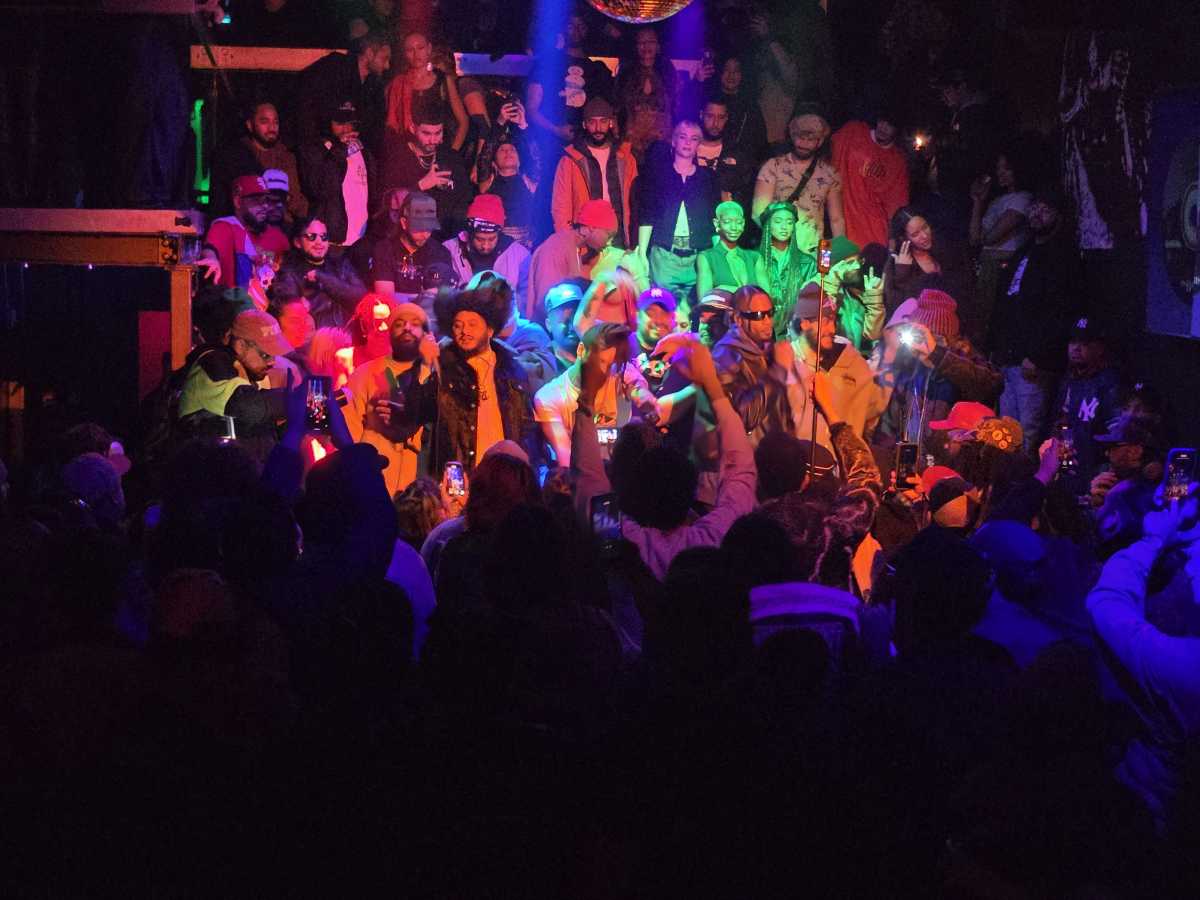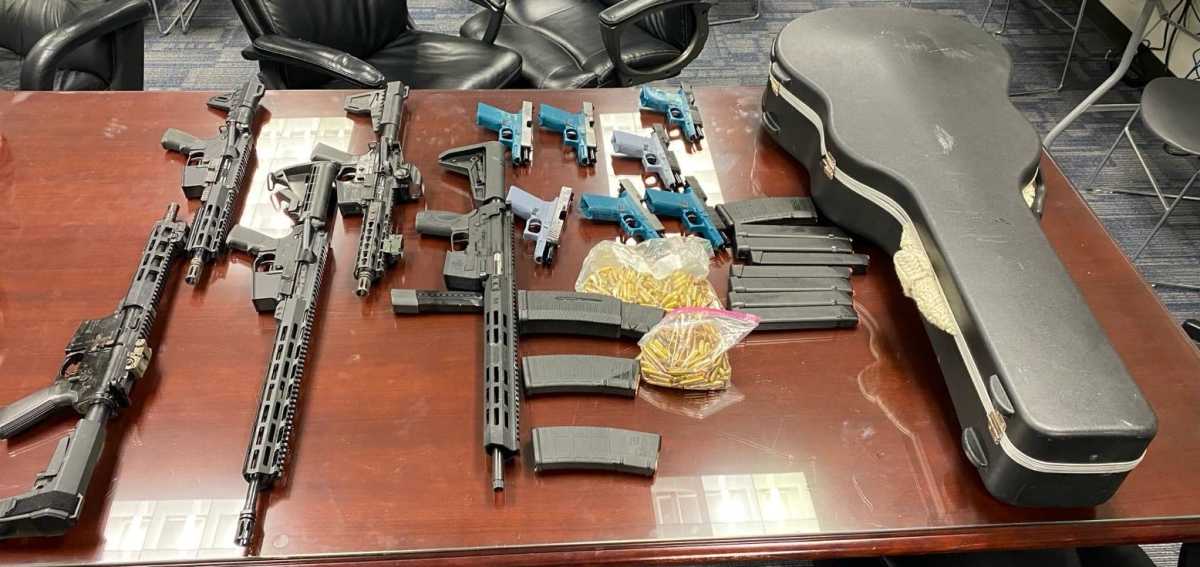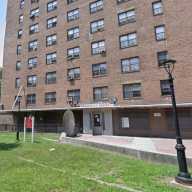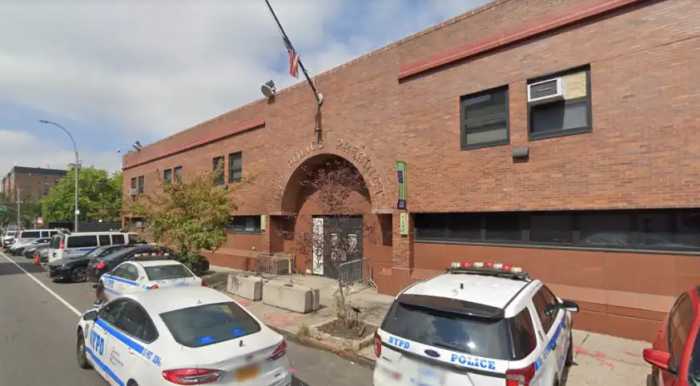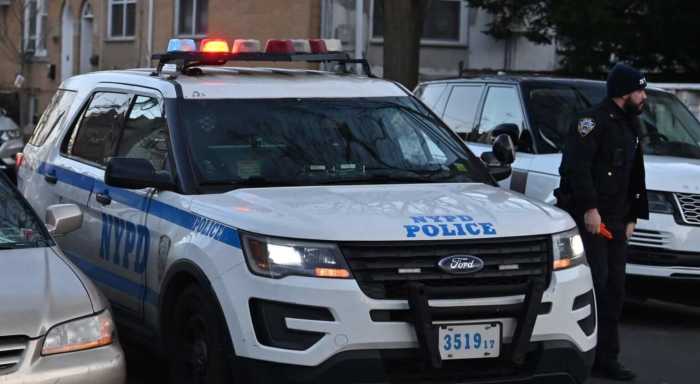Throughout my career – first at the World Trade Center, where I led office tower rebuilding efforts for 14 years, and now at the MTA – I’ve lived by one motto: “never bet against New York.” A year ago, we made a bet that mass transit would bounce back. It’s finally starting to pay off. Last Thursday saw another post-COVID ridership record, subway on-time performance is the best it’s been in 10 years, and – most important – customer satisfaction is on the upswing.
We got here by investing in the system and our riders – with police presence and security cameras to keep New Yorkers safe, with transformative expansion projects like LIRR Third Track and Grand Central Madison, and with new fare promotions that increase transit affordability.
Now the MTA is looking ahead to even greater gains in ridership. On Friday, we had thousands of folks coming into the City from Long Island, Westchester and beyond for the St. Patrick’s Day parade, and for the first time ever, they could all travel through Grand Central. For Long Islanders, a stunning new terminal located directly beneath the parade route.
We’re thrilled that the new service to Grand Central Madison is becoming more popular after a bumpy first couple of weeks. From day one, we knew there would be a learning curve with the new LIRR schedules. When you launch any new service, you need to watch closely and make changes as necessary. That’s exactly what we did.
To address the crowding we had on some trains, we took a multi-pronged approach — lengthening 30+ trains, diverting others from GCM to Penn, increasing the number of Brooklyn-bound shuttles in the morning peak, and changing the way those trains were dispatched so they run more like a shuttle than a scheduled service. As a result, the time between Brooklyn trains is down from 12 minutes to 7.5, and there is always a Brooklyn-bound train on the platform with doors open.
With every passing day, these adjustments are helping riders get used to the new schedules while delivering on the original goal of this project, which was to grow capacity of the LIRR and run more trains. That’s actually happening.
Not only are 30% of our riders getting a more convenient commute, but the total number of peak hour trains has more than doubled, with service up 65% at Manhattan terminals. Trains to Penn and GCM are arriving at Jamaica every 2-3 minutes during rush hour. The increase also applies to weekends, where we’ve gone from fewer than 400 trains on the schedule to more than 600 – a 52% increase. And last week, on-time performance was back to 94%.
And let’s not forget about the unprecedented new options for reverse commuting. Last week there were 142 reverse commute trains in the morning and evening peak periods, compared to 87 in the old schedule. Finally, New Yorkers from all around the region can more easily travel to Long Island for jobs, giving people more opportunities, and also boosting the Island’s economy.
Absolutely there are further improvements to be made. But little by little, we’re moving into an era where mass transit service is growing and helping the entire New York region — and its 15 million residents – to reap the benefits. You can bet on that.
Read more: Manhattan DA Bragg Receives Death Threat
